Ari sits on the corner of Gloucester and Manchester. The original illustration is from the cover of Rising Tide and is by Jenny Cooper. Richard 'Pops' Baker completed the mural over several very hot days in December. We are very grateful to Pops for his fantastic collaboration and creativity.
After the success of 'Maia and the Worry Bug' and 'Wishes and Worries' families and schools asked for something for older children. 'Rising Tide', and 'He Tai Pari' were written and developed for Year 5-8 children with the generous support of New Zealand Red Cross. For teachers and parents outside of Canterbury 'Rising Tide' and 'He Tai Pari' are available for purchase here. In the back of the book parents and teachers will find teaching plans and family exercises to increase resilience and emotional intelligence and support positive classroom culture. An online version of both books with full audio in english and te reo Maori will be availble in February www.theworrybug.co.nz
Our heartfelt thanks to:
Jenny Cooper for the original design
Denis Harwood for his generosity in allowing us to use his wall
Cyrus from Wilson Parking who went above and beyond on several occassions to help us
Kim, Dana and the team at Smartwork Creative for the original cover design
Jo and Donovan at Great Scott! Communications
Simon, Nellie, Lia, Rosetta, Aaron, Maia, Lox and Oli for their continued support
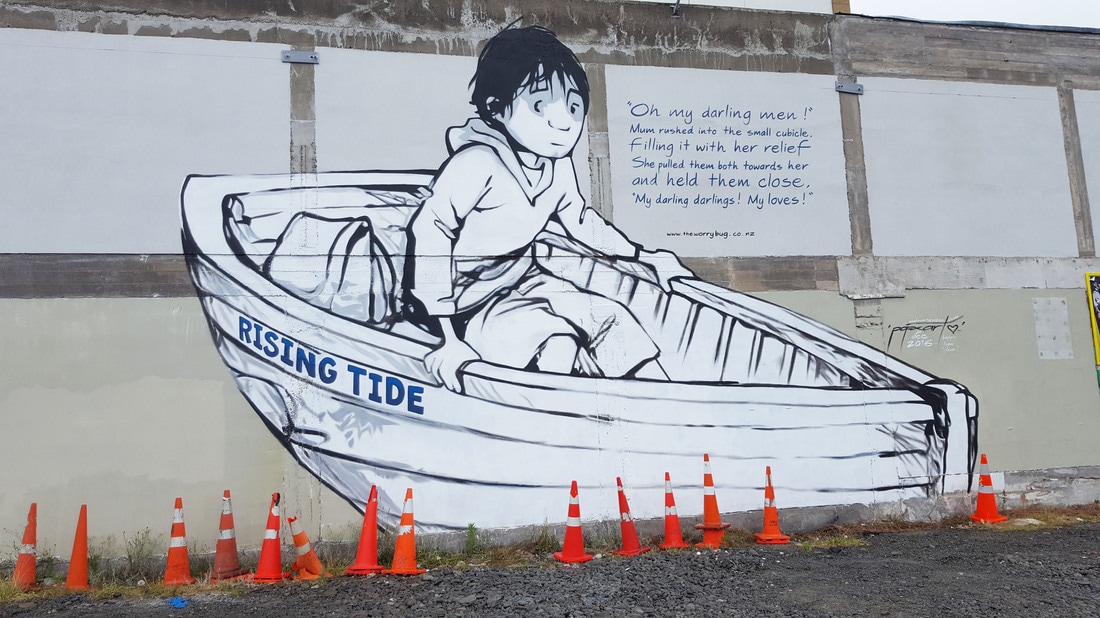

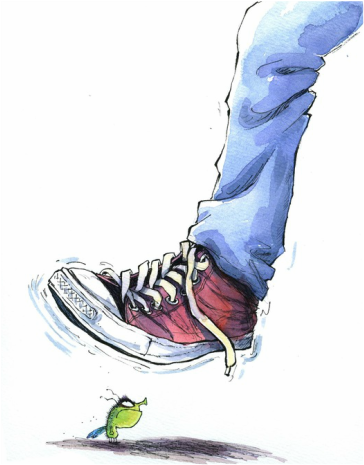
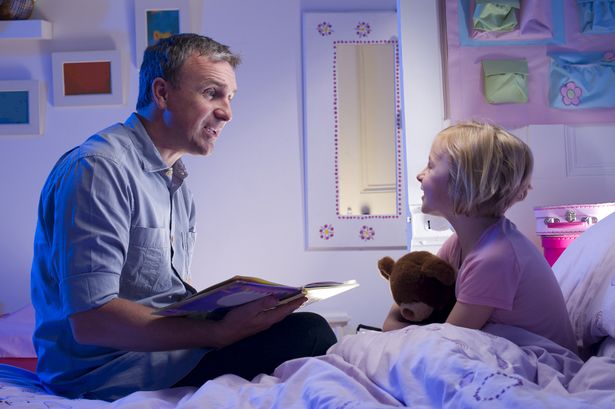

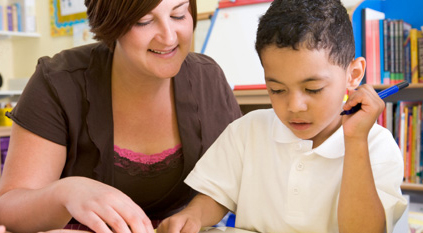
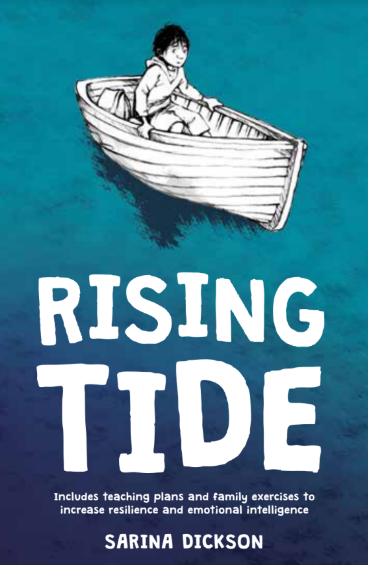
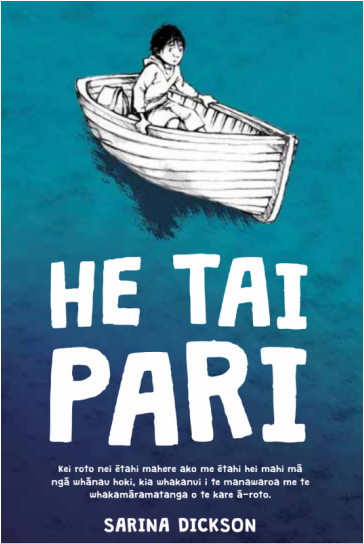
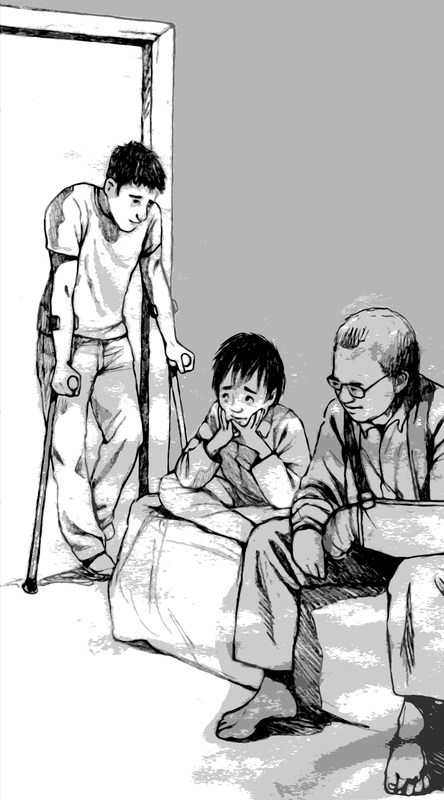
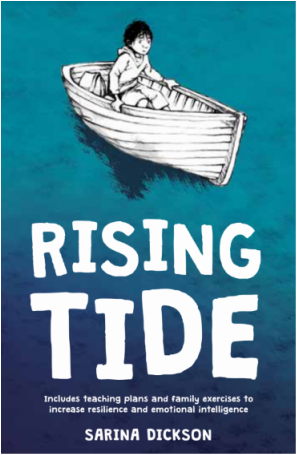
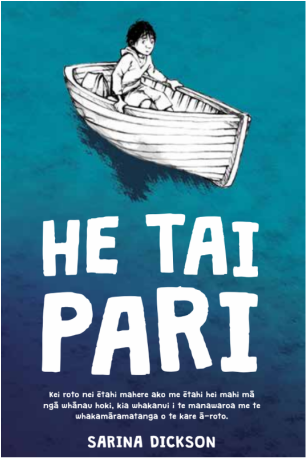
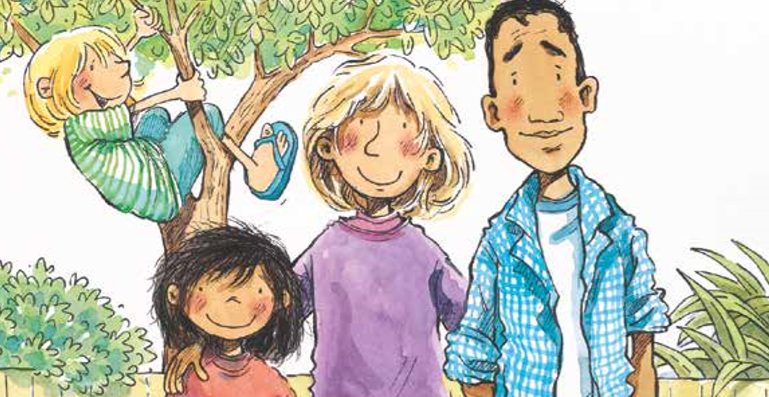



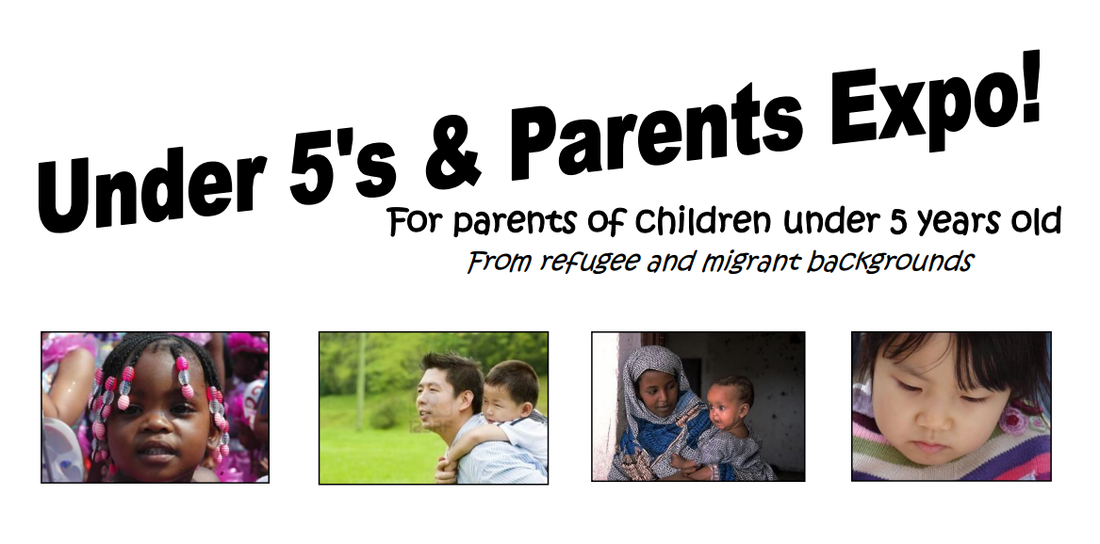
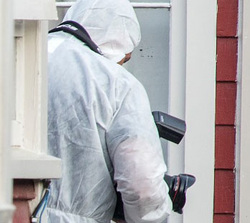
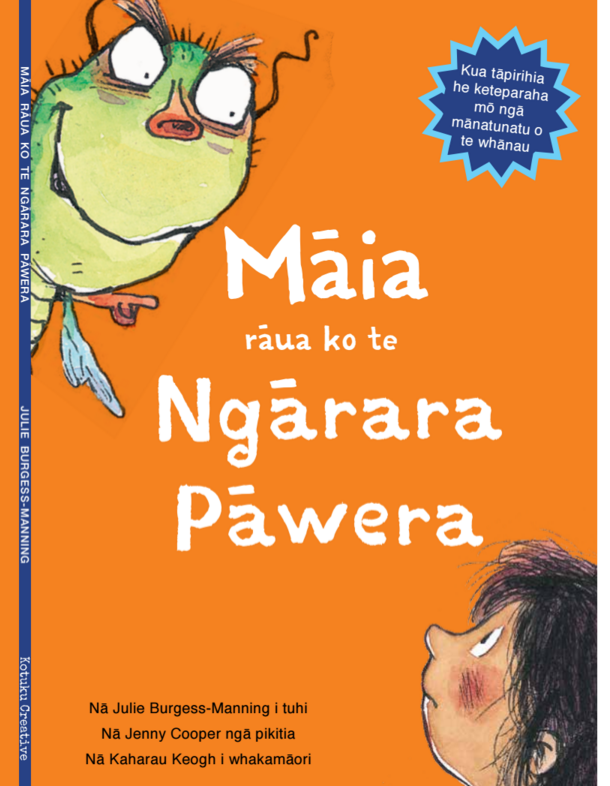
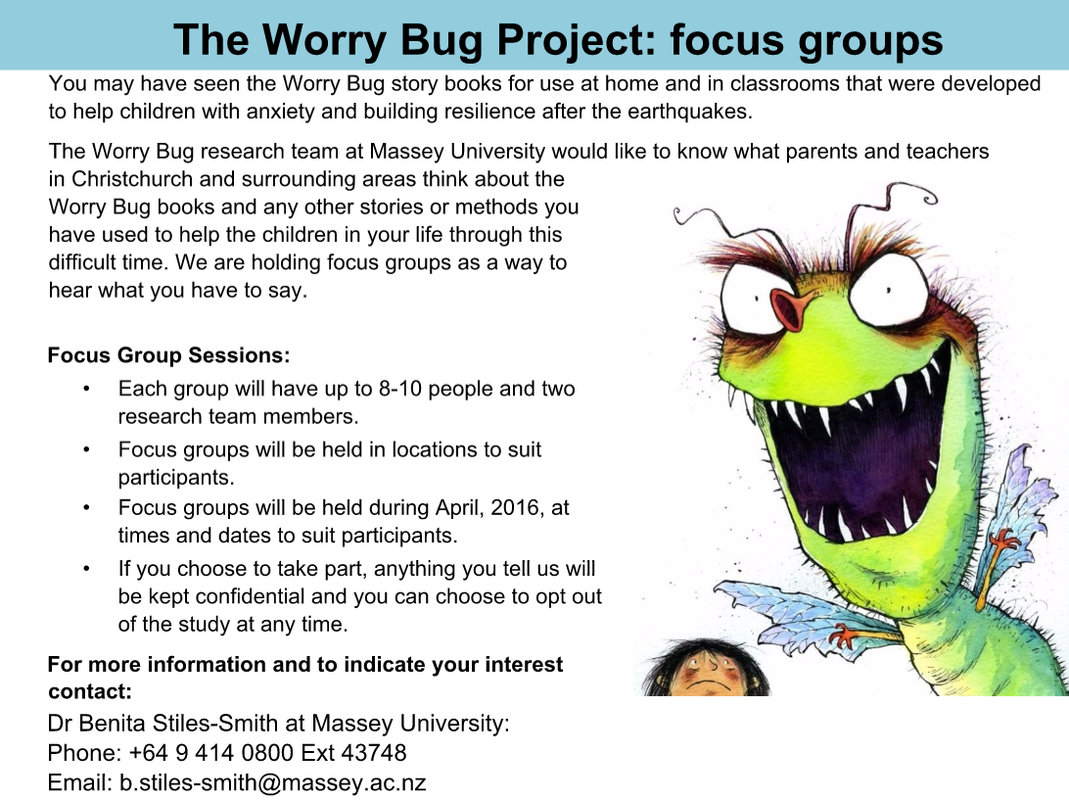

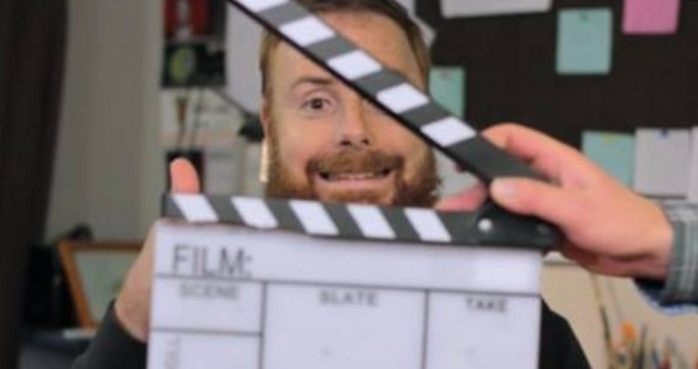
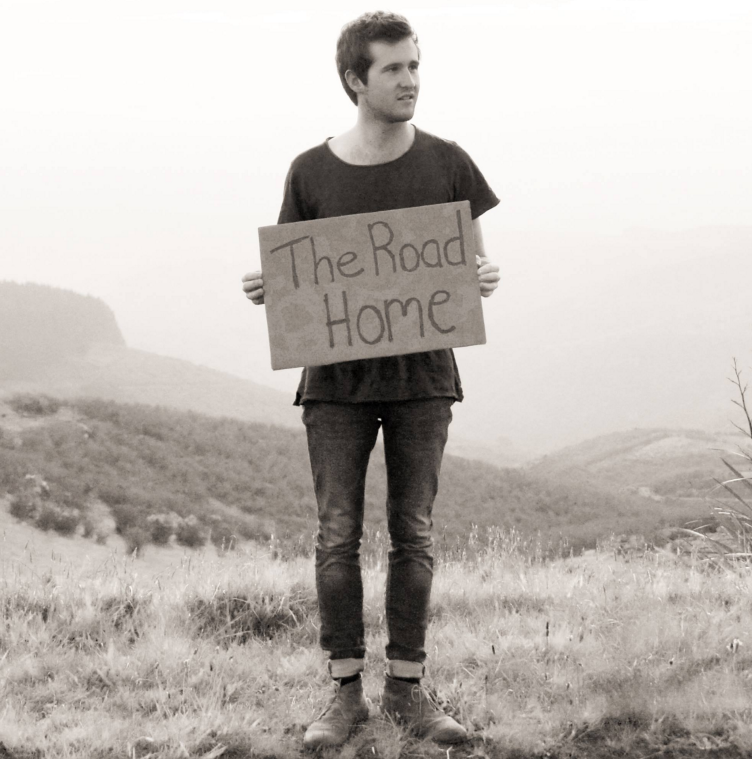

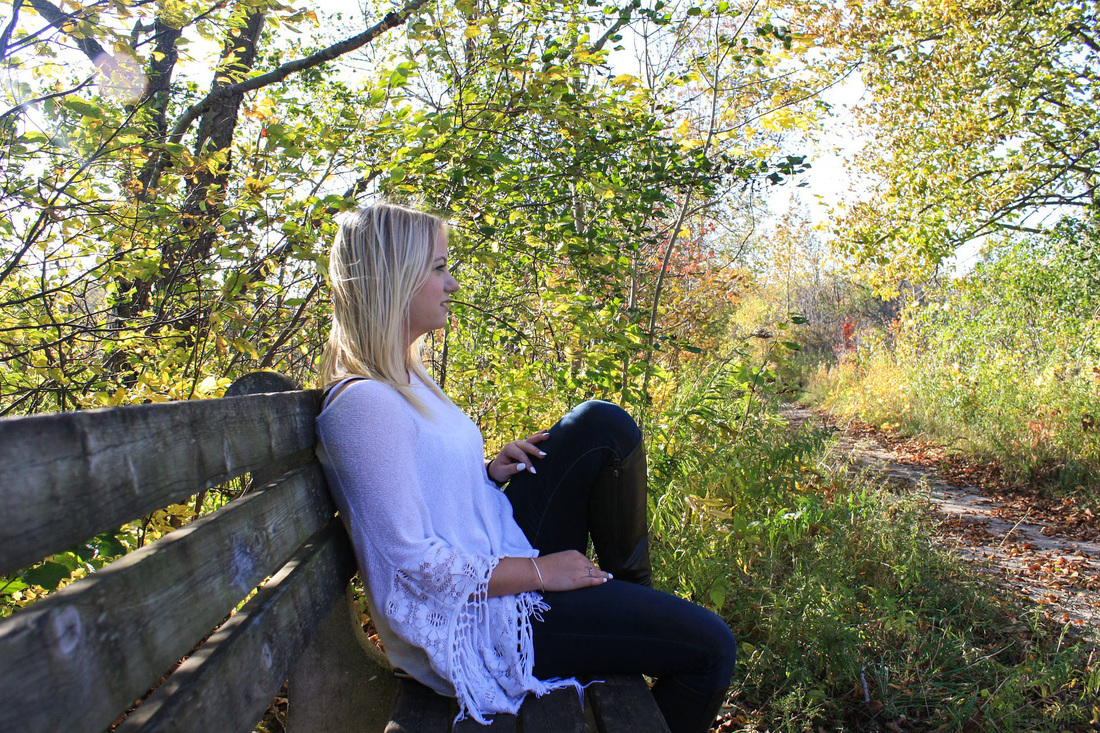
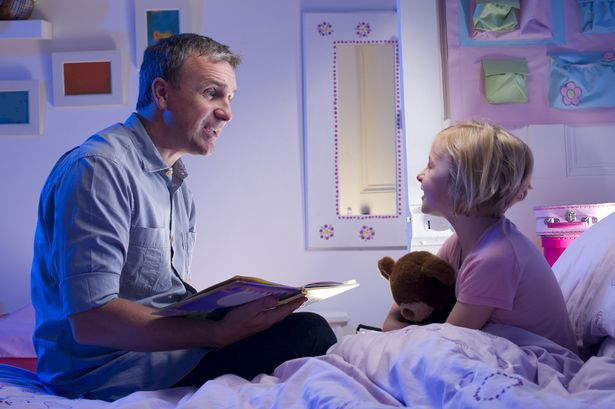
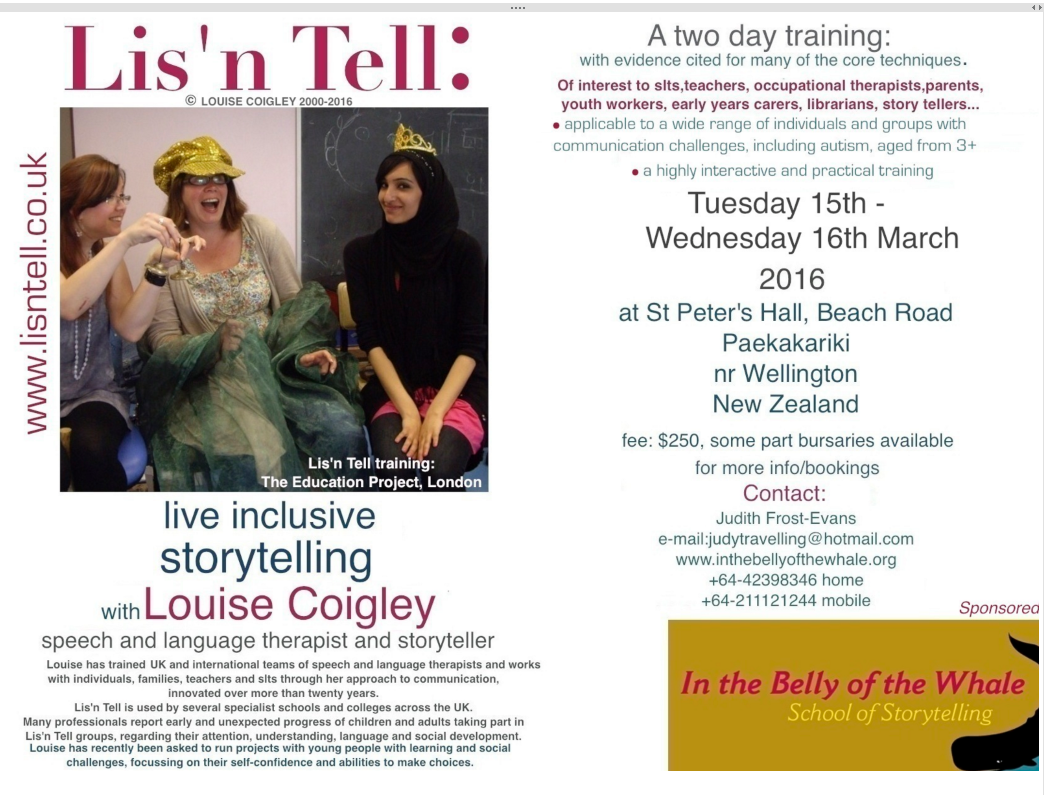
 RSS Feed
RSS Feed